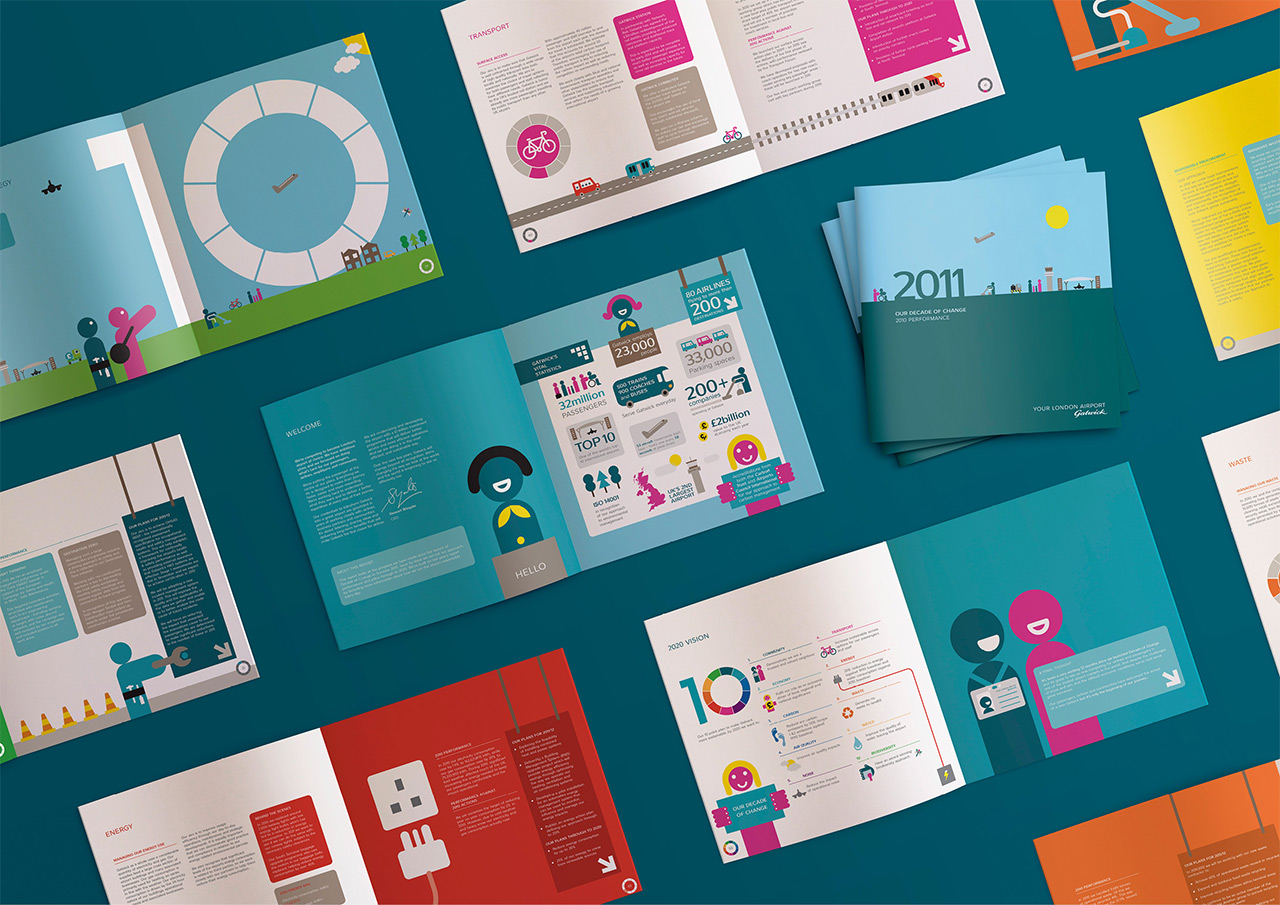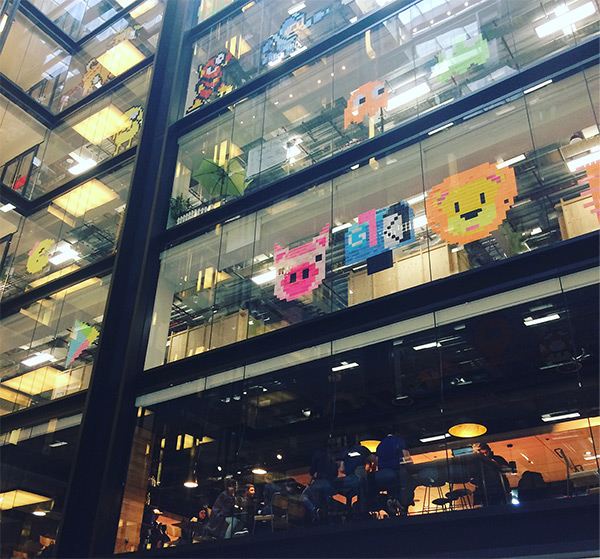The challenge of engaging diverse workforces
Wherever your workers are, whatever their age or country of origin, whatever the channel – it’s all about content. Compelling, consistent, relevant content that’s accessible to all, delivered with creativity to make it stand out.
At Honey, we know what it takes, having worked with global organisations who live and breathe the challenges of diversity day to day. When we talk about this diversity, it’s all about how and when to communicate to create powerful brands with a connected workforce.

During our work with Shell on their brand awards, we created internal communications that spoke to a broad mix of ages, cultures and locations to engage and compel their people to get involved. With Serco, we overcame the multiple language and cultural challenges by providing short and snappy animated films. Each film played out ethical dilemmas in their working lives, showing how their code of conduct should be built into their working day.
Results and impact for our clients are key, so we co-create content, programmes and associated measurement tools to meet the objectives of the internal communications teams.
Based on our recent conversations with the internal communications community and our clients, we explore here some of the challenges diverse workforces face today.
Different generations value different communication styles, team structures and job perks
Breadth of age groups has never been broader in the workplace. Understanding your people, what they value, what motivates them and what channels best suit their needs makes communicating with them more relevant and impactful.
With the world’s ageing population, it would be a mistake to disregard the growing number of older people coming back into organisations. Bloomberg recently reported that large organisations such as IBM, Barclays and Ford are beginning to court experienced workers.
Breadth of age groups has never been broader in the workplace
They find they bring valuable industry knowledge and recognised expertise to help businesses achieve their goals. These mature workers know their strengths, how to address weaknesses and overcome fears. They understand the power of ‘team’ and can drive sustainable outcomes. What’s more, they help younger employees in your organisation learn these skills.
Employees in the early stages of their career are often interested in opportunities for recognition and networking; to establish themselves and advance their careers. They’re likely to show up at volunteer opportunities — especially if senior leaders are present, so it is important to consider engagement strategies that will let both groups to come together.
The millennial set want to get the right training, understand what the company wants from them, be able to provide feed-back to improve their workplace and to have a transparent, strong relationship with bosses. Ensuring they feel that they’ve been listened to is key.
Mid-career employees tend to be more pressed for time; sandwiched by caretaking responsibilities for children and aging family. These employees tend to prefer opportunities for recognition and education. It’s key you empower them to become the champions of your company’s message.
Employees at different stages of their career pursue certain engagement opportunities while rejecting others. With that in mind, you must ensure that your internal communications speak to these different needs; uniting them with the single voice of your brand.
Ensure that your internal communications speak to these different needs; uniting them with the single voice of your brand
Joining the dots across locations unites your people and strengthens the message of the brand
Digital interaction formats like blogs or live chats enable communication with management like never before. Employees who only receive a printed newsletter every three months cannot begin to understand their role and the brand they represent, let alone engage proactively.
Employees who only receive a printed newsletter every three months cannot begin to understand their role
With that in mind, we need to train and tap into communications that employees actually want to engage with. Equally, the power of face-to-face has never been more compelling. Local briefing meetings provide opportunities for employees to be involved and for managers to hear what they have to say. At the same time, these meetings plus those at town hall sessions, are a great opportunity for your leadership teams to share messages in person rather than via faceless channels.
As of 2015, 37% of workers were remote at least part of the time. Let them benefit from the large selection of mobile work-related apps that continue to change how teams operate.
40% of employees wrote in a Pew Research Center survey that they use their smartphones for work.
The fact that most of them did so without their employers’ knowledge is an indication that while organisations may understand the importance of mobile, not enough of them are acting on it.
By embracing online and mobile technology, companies can reduce communication barriers, increase productivity and champion company culture across all locations – local, roaming or even global.
By embracing online and mobile technology, companies can reduce communication barriers, increase productivity and champion company culture across all locations
Co-creating a powerful culture
What do we mean by culture? It’s how people live your values. It’s reflected in the types of people you hire, and their actions as a company. It filters down to everyday choices, such as which charities your organisation supports.
Employee engagement flourishes in a positive work culture, but first you need to create a culture that all your people want to get involved with, believe in and sign up to. If your business is global, you still need to create a culture that everyone understands. Just make sure you acknowledge that it will need injecting with the ‘local’ nuances specific to the country of origin.

Flexible, collaborative and inclusive companies, with programs that fit employee lifestyles will consistently have the most engaged teams
Also consider how you engage with multi-lingual, multi-cultural audiences at a local or global level. Keeping it simple is key. For starters, your best bet to make sure all voices are listened to, is to engage your employees using the channels and languages people already use. You don’t want to go down a route of creating comms for your people that they resist.
We worked closely with Serco to breakdown a multi-lingual audience and deliver in ten languages to unite a 100,000 strong workforce.
Likewise with Gatwick Airport, our challenge was to provide a 30,000 employee base with a toolkit that could cut through language barriers to build their culture. Our work was a programme of co-creation to bring to life the internal behaviours that would improve customer experience at the airport.
Results were published by the Evening Standard, “from hell to heaven in one year. With engaged employees, security queuing complaints were reduced by 70%, positive feedback doubled, and the airport achieved its target for the first time ever of 95% of customers clearing security inless than five minutes.
The best places to work companies don’t just have ping pong tables and free lunch, they have an integrity to them which makes working there exciting

Flexible, collaborative and inclusive companies, with programs that fit employee lifestyles will consistently have the most engaged teams. Emphasis on maintaining aculture of recognition will also keep company focus on communicating excellence and alignment with brand perception. Always be clear about what’s expected from a company perspective, especially whenyou have offices in different countries.
Google, possibly the most-referenced company when it comes to employee culture(and for good reason), has created an environment for employees to thrive.

Their policy goes way beyond stocking its kitchens with free gourmet food and on-site laundry service.Google values the opinions of employees and hires new associates by committee. It communicates an environment of playfulness from whimsical doodles to April Fool’s Day jokes.
But, ‘best places to work’ companies don’t just have ping pong tables and free lunch, they have an integrity to them which makes working there exciting. They invest in great management and leadership. They train and develop people so they can grow. The result is a powerful culture that the world talks about.
Got you thinking?
We’d love to hear from you!
If you recognise any of these challenges and would like to know more, please get in touch to start a conversation.